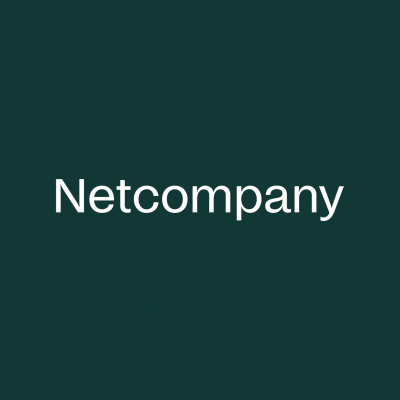How many CPUs for 60000 TPS? & SQL in the 21st Century
Tym razem spotykamy się w siedzibie Microsoftu przy Al. Jerozolimskich 195A, Audytorium, po wejściu po lewej.
Gościć będziemy Sebastiana, który zaprezentuje wyniki przeprowadzonych przez siebie testów dotyczących zależności liczby CPU od liczby jednoczesnych połączeń, wpływu SSD i wyłączenia fsynca :D.
Naszym drugim prelegentem jest Markus Winand autor znanej książki o wydajności SQL "SQL Performance Explained" i dwóch portali: use-the-index-luke.com i modern-sql.com. Możecie sprawdzić swoją wiedzę o indeksach przy pomocy jego krótkiego testu :)) : https://use-the-index-luke.com/3-minute-test
== How many CPUs for 60000 TPS [EN] ==
I have done some interesting research on the relationship between the number of CPU's and the TPS that is achievable. This is the results of that research. A lot of Graphs show some very interesting details on The number of concurrent connections, the number of CPU's the impact of SSD (vs tmpfs), fsync=off, etc. and a lot of other comparisons.
Prelegent:
Sebastiaan Alexander Mannem
Technically driven database, container and cloud specialist. Earned my stripes and was battle hardened by the Dutch Government and Bol.com. Now working for EnterpriseDB as Product Manager. All of that is of course a side show to my real job: loving my wife and three young children.
== More Than a Query Language: SQL in the 21st Century ==
Did you know the purely relational dogma of SQL was already abandoned in 1999?
The last SQL standard that was limited to the relational idea was SQL-92. From SQL:1999 onwards, the SQL language was extended with non-relational operations and non-relational data structures. As much as this move was discussed at that time, it took decades until database vendors caught up with this idiomatic change. Many SQL users haven’t heard of it until today.
This talk provides the big picture on the evolution of the SQL standard and introduces some selected modern SQL features by example. You will see that SQL has changed as much as our requirements have changed over the past decades.
Prelegent:
Markus Winand is an independent author, trainer and consultant on all things SQL. His book “SQL Performance Explained” has just been translated into a fifth language. It can be purchased as a print edition, and it’s also available to read for free on his use-the-index-luke.com website. Markus is currently working on his second book centered on the idea that things have changed a lot since SQL-92. It is likewise available free of charge online (modern-sql.com).







